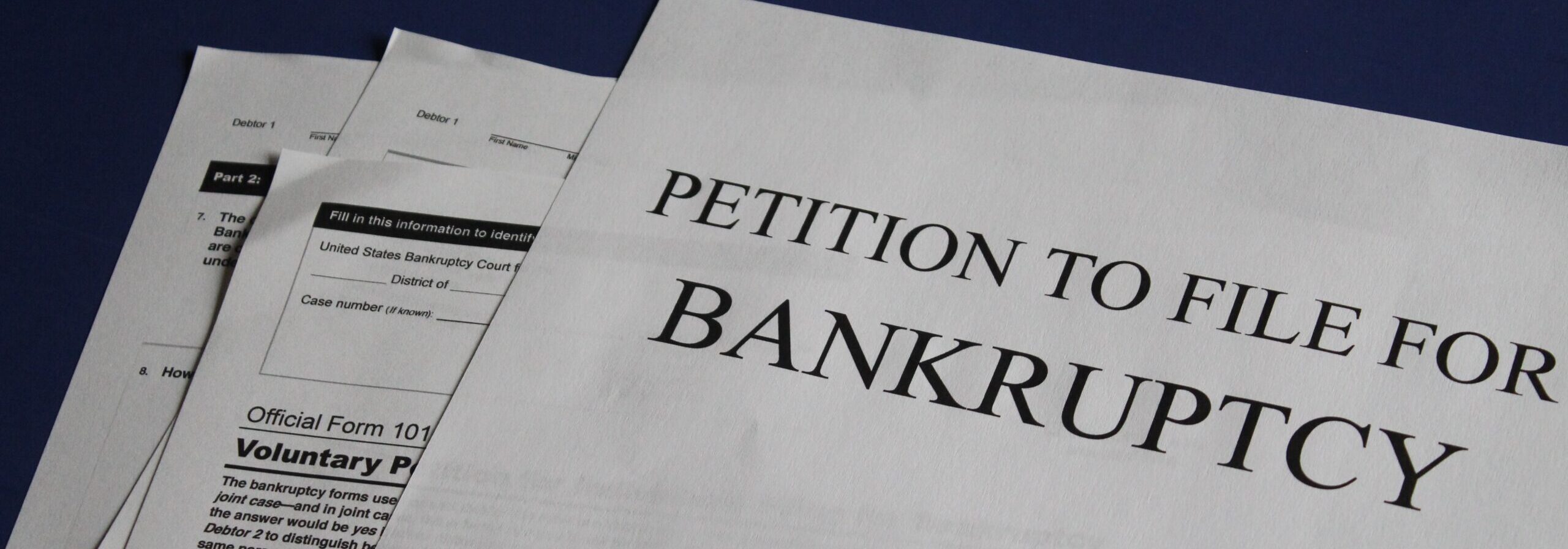At the start of the Chapter 12 bankruptcy filing process, a filer (the individual or business entity unable to pay back their debts) submits several pieces of information to officially file for bankruptcy. Included in this information is data on their assets and liabilities. The Federal Judicial Center collects and compiles selected data into a database for each case as of September 30th of each year. Figure 1 below uses data from October 1st, 2012 to September 30th, 2022.
When analyzing these data, there are two important things to keep in mind. First, a filer is not always the whole farm. A farm may have multiple partners, and several legal entities (e.g., a sole proprietor and an LLC) involved. Therefore, the statistics presented here are strictly per filing, not per farm. Second, the data are compiled at the time of the filing with updates if the initial data has been appended. Throughout the bankruptcy process, new assets may be obtained, or new liabilities may be taken on. These data may not fully incorporate these changes.
Assets and liabilities listed on the debtor’s filing are placed into categories. Assets may be real property or personal property. Real property includes land, buildings, homes, and other such property. Personal property includes assets such as cash, vehicles, equipment, and tools. Farm related inventory such as crops, animals, chemicals, feed, and machinery are included in personal property.
Liabilities or debt are categorized as secured, priority unsecured, and nonpriority unsecured. Secured liabilities are those debts with an asset used as collateral, such as a loan with farmland as the collateral. Priority unsecured debt is debt that has no collateral but has special treatment and may not simply be discharged like other unsecured debt. This type of debt includes any legal judgments or unpaid taxes. Lastly, nonpriority unsecured debt is debt that has no collateral securing it and requires no special treatment. This type of debt includes credit card and medical debt that may be eligible for discharge during bankruptcy proceedings.
Figure 1 shows the trend in average debtor assets and liabilities disclosed at filing over the last ten years. Following broader trends across the agricultural sector, assets and liabilities have increased, especially since 2016. Assets have had a smooth upward trend, likely following higher farmland and equipment values. Note that in all years, average liabilities exceed average assets. This is expected because debtors filing for bankruptcy are often insolvent.
On average, real property accounted for approximately 60 percent of a debtor’s total asset value. This suggests that land is an important asset that may be shielded during the bankruptcy process. On the liabilities side, secured liabilities, on average, accounted for over 75 percent of a debtor’s total liabilities. Additionally, nonpriority unsecured debt made up about 20 percent of this total, on average. This suggests that the Chapter 12 bankruptcy process is beneficial in two ways. First, secured debt may be restructured (e.g., lower interest rates or longer payment terms) or crammed down (e.g., reduction in total liability to current market value), making the debt more workable for the debtor while the debtor is able to retain ownership of the collateral (e.g., land). Second, a significant portion of total debt in the form of nonpriority unsecured liabilities may be discharged at the successful completion of the bankruptcy process.

This work is supported by the Agriculture and Food Research Initiative (AFRI) program, grant no. 2022-67023-36112/project accession no. 1028056, from the U.S. Department of Agriculture, National Institute of Food and Agriculture.
Any opinions, findings, conclusions, or recommendations expressed in this publication are those of the author(s) and should not be construed to represent any official USDA or U.S. Government determination or policy.
Secor, William, Adam Rabinowitz, and Paul Goeringer. “Financial State of Chapter 12 Bankruptcy Filings.” Southern Ag Today 3(7.3). February 15, 2023. Permalink



